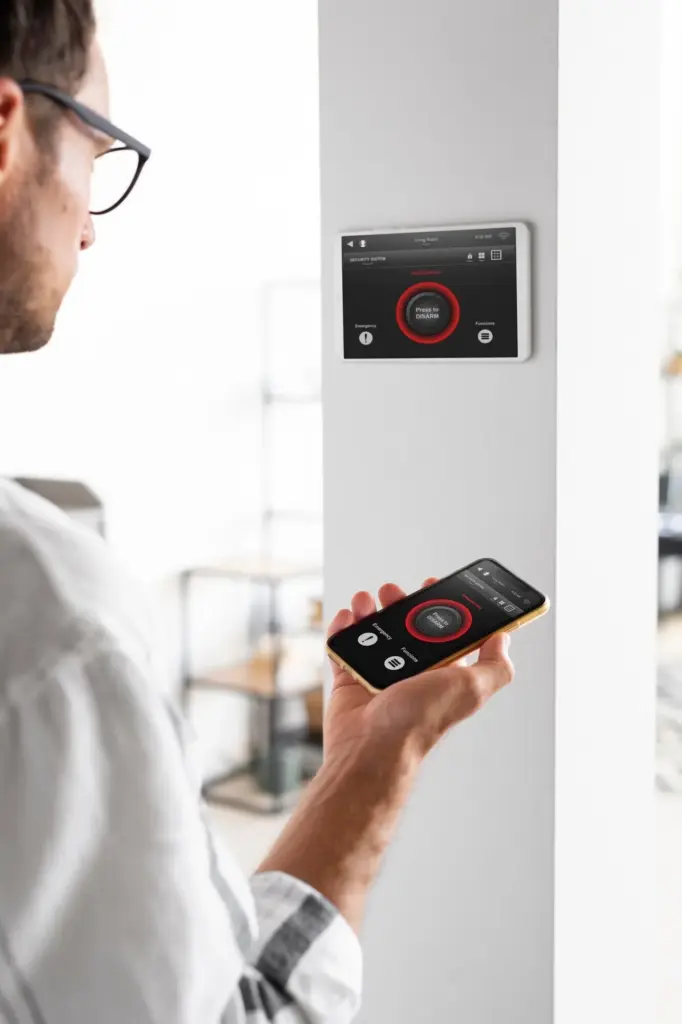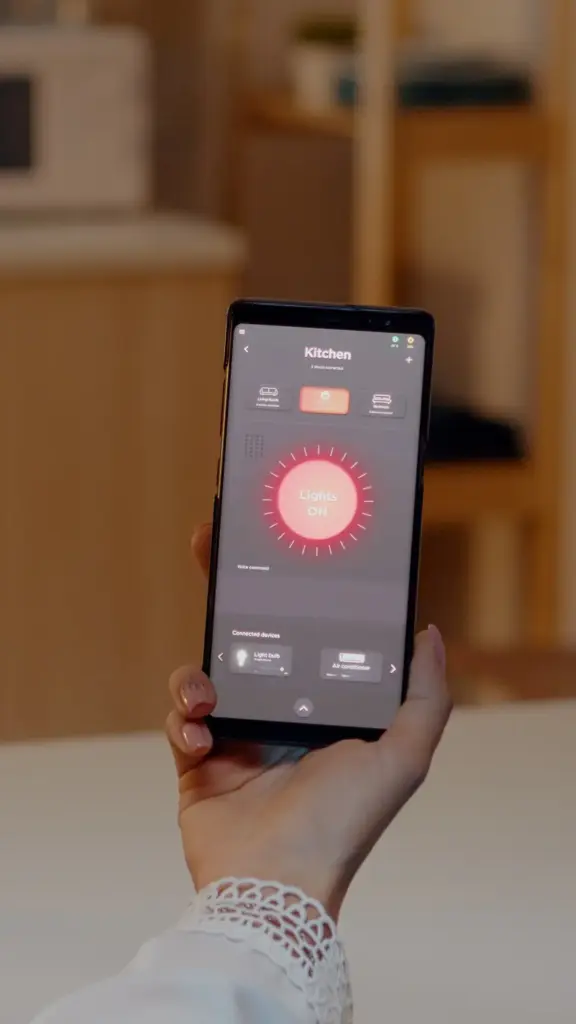Invisible Infrastructure, Effortless Living
Step behind the smart devices and into the hidden foundation. Today we dive into Structured Cabling and Wireless Coverage Design for Smart Homes, translating complex choices into practical steps. Expect real installation lessons, planning checklists, and ideas for families, renters, and builders. Share your questions as you read, bookmark the guides you need, and join our updates so your next upgrade feels calm, predictable, and delightfully fast everywhere.
Start with a House Map, End with Seamless Experiences
Great results begin with a sketch of reality rather than a box of gadgets. Start by mapping rooms, ceiling heights, wall materials, and likely device locations, then layer in usage patterns like movie nights, work calls, and security needs. This reveals where wires should land and where wireless must excel. We include downloadable worksheets and a simple interview script for household members, helping you balance aspirations with budget, timeline, and renovation constraints without losing sight of comfort, aesthetics, and future flexibility.

Choosing cable and connectors
Cat6 generally handles gigabit effortlessly and 2.5G in many cases, yet Cat6A reserves room for multi-gig and 10G backbones while improving noise immunity. Consider plenum-rated jackets for shared air spaces and riser for vertical shafts. Respect bend radius, pull tension, and separation from electrical lines. The right keystones, jacks, and field testers justify themselves when everything links up on the first try.

Patch panels, racks, and labeling discipline
Racks and patch panels are not about showing off; they are about sanity during moves, additions, and troubleshooting. A 6U wall rack with ventilation, labeled panels, and color-coded patch cords turns chaos into clarity. We provide a labeling convention, from room codes to outlet numbers, and a simple spreadsheet template. Future you, or a technician, will silently thank today’s disciplined notes.

Pathways, conduit, and gentle bends
Pathways deserve as much intention as endpoints. Smooth conduit runs, wide sweeps, and service loops make later pulls feasible. Avoid parallel runs alongside AC lines and protect against sharp edges. We have seen cables stapled too tightly under baseboards, slowly deforming performance. A little patience with fish tape, pull strings, and lubricant reduces frustration, protects copper pairs, and keeps certification tests green.
Designing Wi‑Fi That Actually Reaches Every Corner
Access point placement science
Ceiling-mounted access points roughly centered in the area they serve outperform devices tucked into cabinets. Aim for overlapping cells with moderate signal, not a single blasting unit. Consider cable drops in hallways rather than bedrooms for better door penetration. Our favorite discovery: shifting an AP by one joist bay in a brick townhouse raised upload stability dramatically, simply by clearing a hidden chimney mass.
Channel planning and coexistence
Channel plans avoid self-interference and neighbor overlap. On 2.4 GHz, non-overlapping channels are scarce, so we recommend caution and low transmit power. On 5 and 6 GHz, you gain more choices, yet DFS rules and radar detection add quirks. A quick scan with a phone app or analyzer reveals patterns. Adjusting widths and spacing often yields smoother results than chasing stronger signal alone.
Mesh, extenders, or controller-based APs
Mesh can be convenient for renters or temporary layouts, but Ethernet-backhauled access points nearly always deliver steadier performance. Extenders may help in a pinch yet often amplify noise. Controller-based systems add roaming assistance, band steering, and central monitoring. We compare trade-offs by house size and construction, encouraging you to wire backhaul whenever possible, then layer smart features instead of trying to compensate for missing cables.

Materials, Interference, and the Physics at Home
Buildings push back against radio waves. Dense masonry, metal lath, mirrors, floor heating mesh, and even holiday decorations can sap range or warp reflections. Neighboring networks, Bluetooth gadgets, and microwaves crowd the spectrum. Understanding attenuation and multipath helps you place equipment wisely, choose antenna patterns, and temper expectations. We share cautionary tales and victorious tweaks that turned frustrating corners into solid, everyday signal.
Power, Reliability, and Neatness That Lasts
Power keeps everything calm. Centralizing equipment near a grounded outlet with surge protection, using PoE for clean ceiling installs, and adding a modest UPS protect uptime and devices. Cable management preserves airflow and sanity. We suggest quiet fans, dust filters, and thoughtful placement away from toddler fingers. Reliability is not dramatic; it is the quiet that lets the movie finish and the backup complete.
Security, Segmentation, and Peace of Mind
Smart does not have to mean exposed. Segmenting household devices, guests, and work gear prevents chatty gadgets from stepping on important traffic. WPA3, strong passphrases, and automatic updates harden edges, while DNS filtering and simple monitoring reveal trouble early. We aim for safeguards that feel invisible during daily life yet provide meaningful boundaries when something misbehaves or a vendor ships a risky update.

Testing, Handover, and Continuous Improvement
The finish line is documentation and proof, not just powered-on lights. Certifying cable runs, labeling ports, and saving heatmaps show that design intent matches reality. Walking the home with a phone survey reveals roaming gaps. Over time, devices multiply and seasons change, so small adjustments keep everything comfortable. We provide printable checklists, and we welcome comments that help refine them.
